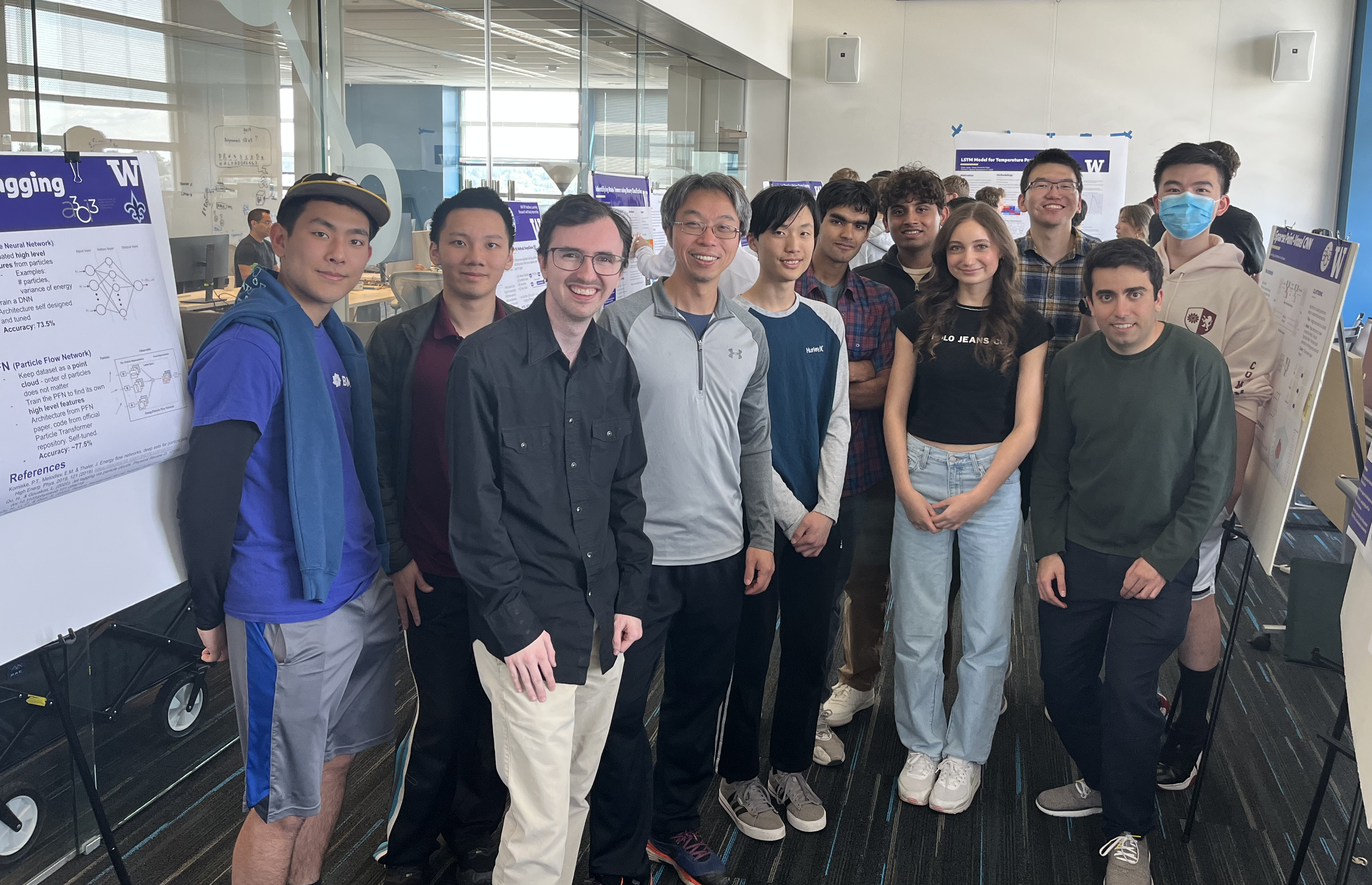UW EPE Symposium
PAB 6th floor
WRF Data Science Studio
In this Symposium, UW EPE High School Interns will run a joint poser session with Physics 417 and PHYS600 students. This event will be held in eScience Institute at PAB Tower. Each student group will present a poster at the event.
The symposium is relevant to the broad UW data science community. You will be asked to spread the word about the awesomeness of Deep Learning Neural Network and your projects by inviting your friends/professors/fellow undergraduate students to this event.
Poster specifications: Your poster should be a PDF file of 36'' x 24" with white background (portrait or landscape). We will adopt this guideline [here] about poster specifications set by UW CSSCR. Make sure that the motivation, methods, and results are clearly and visually communicated to a broad audience. There are two popular poster printing services on-campus ($30/poster, 2 working days, plan ahead):
See UW Research poster templates here
During the poster session:
Your group is expected to shortly explain the poster (<5 min) to interested attendees. Please note that the whole group is expected to attend per poster. Students are encouraged to go around the posters and learn about other projects, just like in a regular conference.
We are very much looking forward to this fun event! Please don't hesitate to reach out to instructor team if you need assistance/feedback or any questions while developing your poster.
